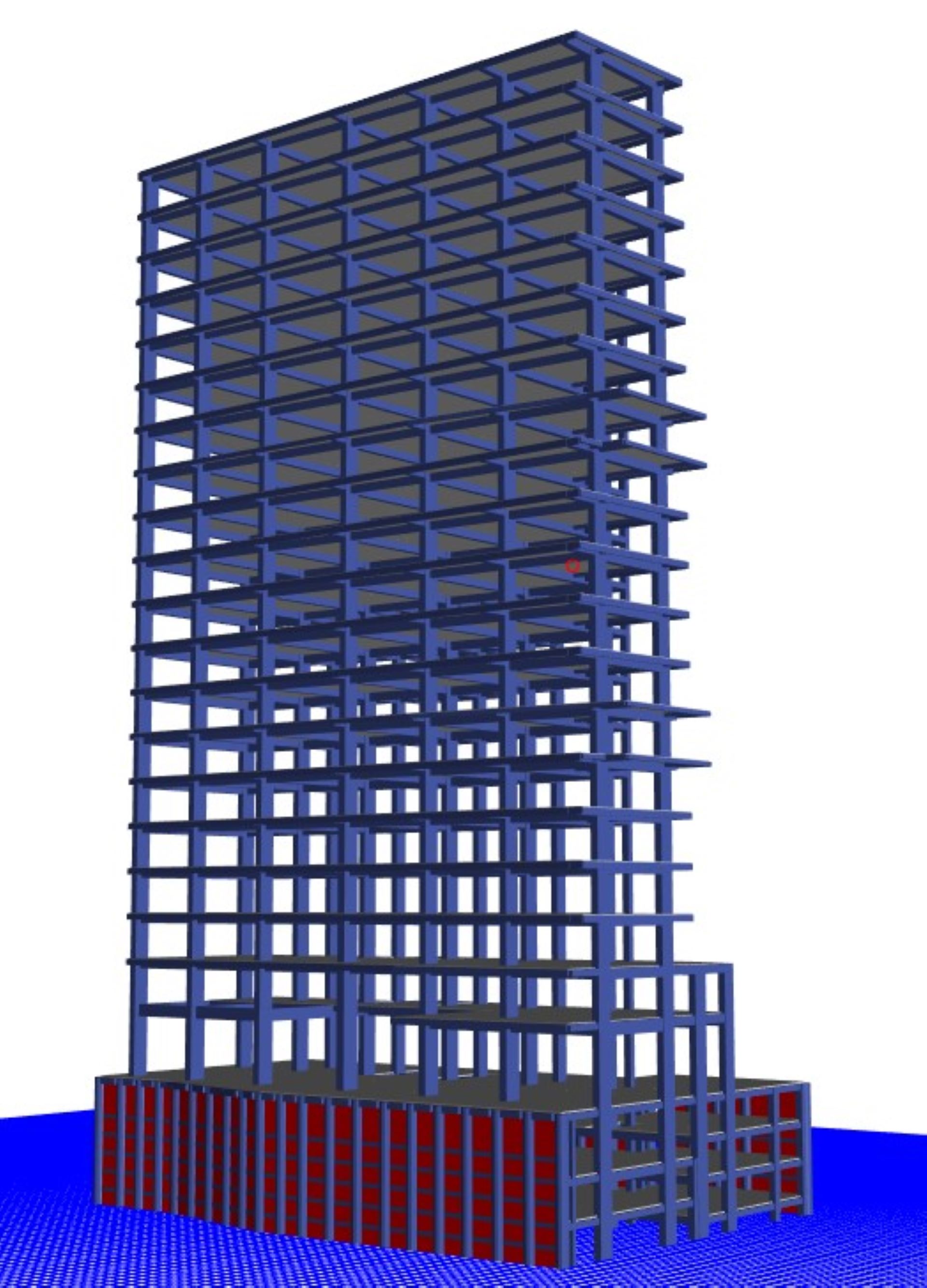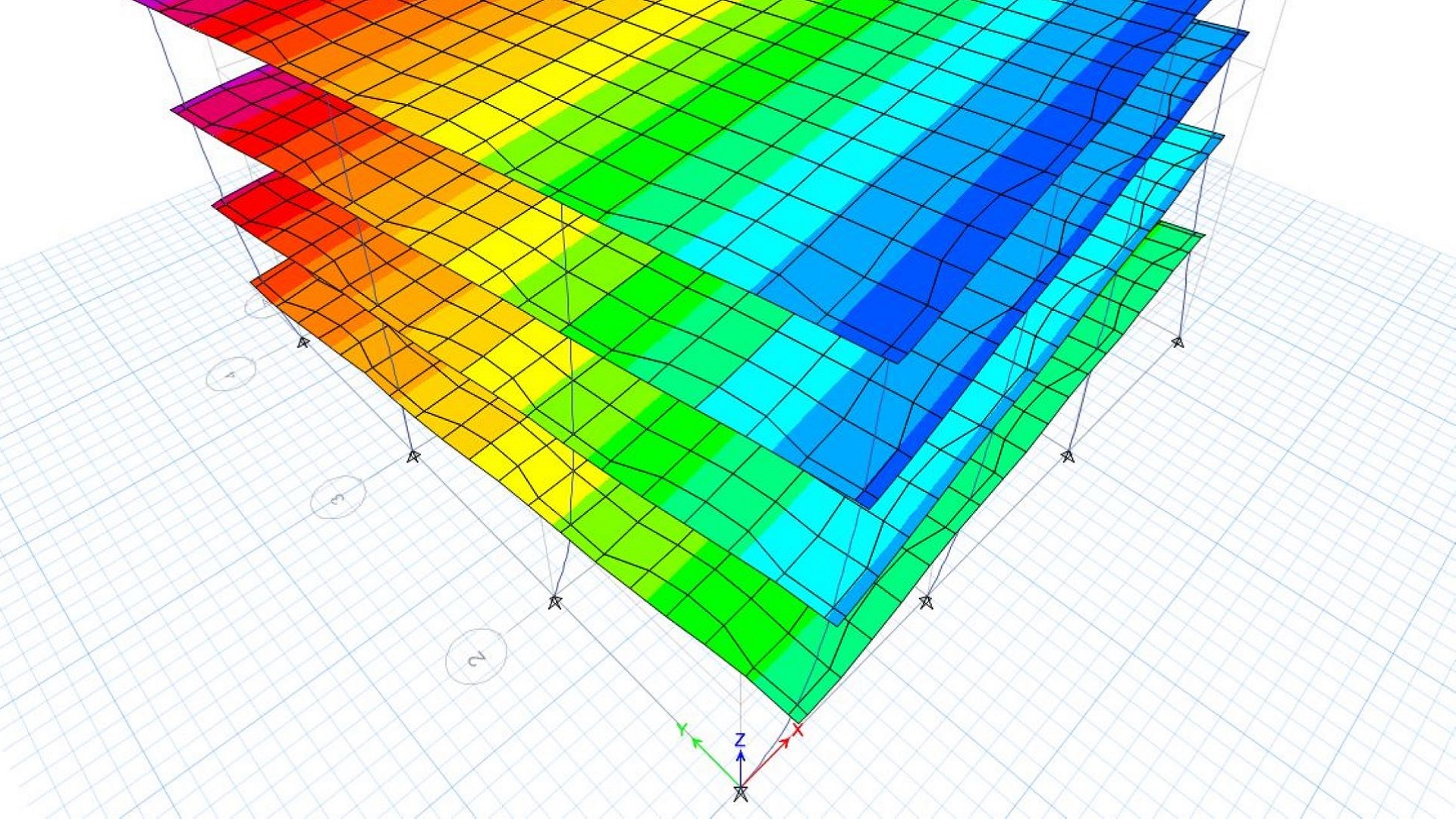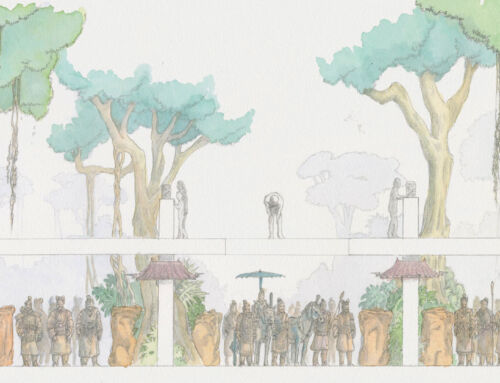Stiffness is a property of structural elements related to their resistance to deformation or, in other words, to the modulus of elasticity of the concrete and the moment of inertia of these structural elements.
Throughout the lifetime of a structure, normal loads and volumetric changes of the material may cause fissures in some parts of the structure, including slabs. Cracks reduce the stiffness of slabs and, when subjected to lateral loads from earthquakes or wind, increase their lateral deformation.
Although these phenomena are widely known, there is no consensus on the appropriate value for the effective stiffness of different structural elements. However, some standards consider the influence of cracking and apply the concept of cracked stiffness (EIe) to their elements. In doing so, they establish reduction factors that are applied to the section stiffness.


These standard provisions have been taken into account and incorporated in ACI-318-08, where moment of inertia reduction values are established for slabs of 0.25 Ig (where Ig is the gross area of the section) and for walls and columns of 0.70 Ig. These reductions in moments of inertia result in an increase in the natural period of the structures, which in turn increases their drifts or displacements.
By Jean Carlos Soto, senior structural engineer in Amusement Logic’s Architectural Dept.






